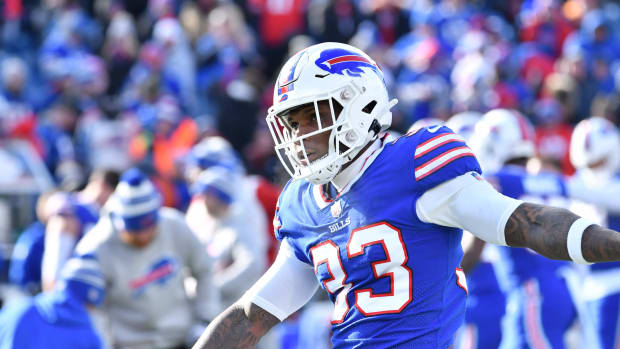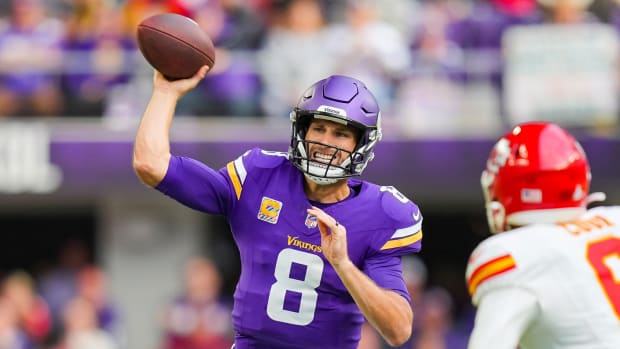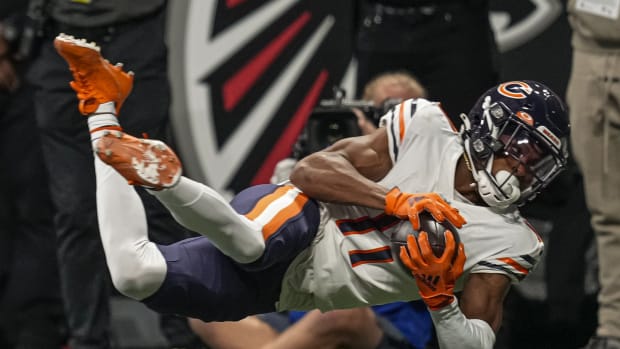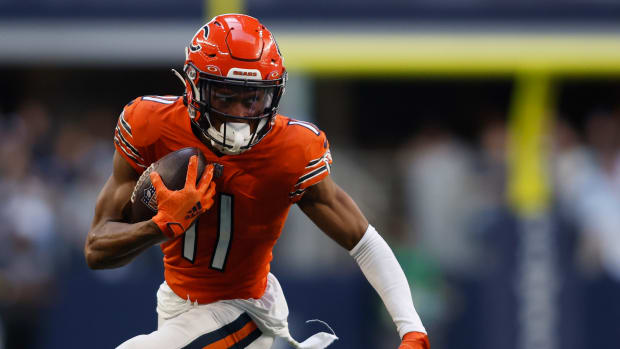OPINION: The Falcons' Offensive Line Needs To Be More Efficient In 2020, Not Better
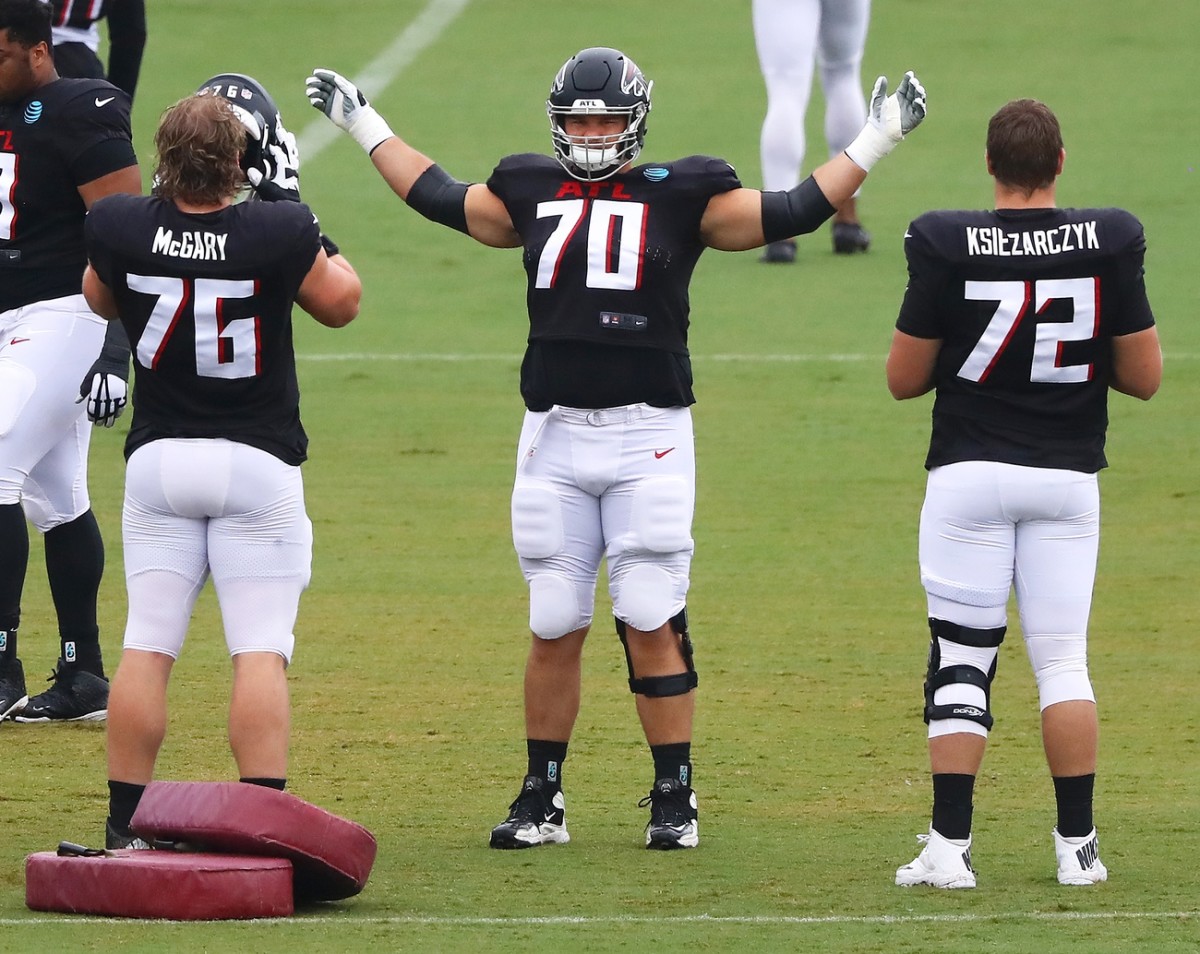
The narrative is that if Matt Ryan is protected, he flourishes.
It’s time to stop pegging that as a Ryan-specific trait. Playing quarterback in the National Football League is hard enough without having to do it looking up at the sky or down at the dirt.
Ryan did a lot of that in 2019 for the Atlanta Falcons. He was sacked 48 times. It was the most he’s ever been sacked. Typically, the offensive line gets stuck with the label when the quarterback isn’t up right.
That’s an appropriate assessment in most cases.
In 2019, Ryan attempted his third most passes in a season. He dropped attempted 616 passes last season. That was only a 15-game sample size.
The protected Ryan flourishes narrative isn’t entirely true either. Well, not according to the statistics. Ryan attempted 534 passes and was sacked 37 times in 2016. That was the third highest sack total of his career.
He won the Most Valuable Player Award that season.
Why was the Falcons’ offensive line seemingly much less efficient in protecting their quarterback in his most successful season?
That question could be answered with a resounding finger point toward the deployment of the Falcons’ offense.
They were throwing the ball way more than they needed to be. The Falcons played from behind in much of 2019. When a team starts 1-7, there is inherently a need to come back.
The Falcons also couldn’t run the football. They ranked 30 in yards per game last season.
Was it a lack of talent? No.
The Falcons got solid seasons out of Andy Levitre, who was shipped out of Tennessee and Chris Chester who never played again after the season ended.
The argument could be made the Falcons were more talented along their offensive line in 2019 and even more so in 2020.
The Falcons’ offensive line in 2016 looked much different. The Falcons’ front five did shuffling throughout 2019 due to multiple injury scenarios. Even in though the unit didn’t produce the desired results, there were four former first round picks starting in the season opener.
Heading into 2020, the talent level appears to be higher than it was last season. The Falcons have four former first round picks blocking for Ryan as well as a third rounder from this season.
The Falcons have also added Todd Gurley at running back to replace Devonta Freeman. Gurley appears to be an upgrade, even if his knees are a question mark.
Gurley earned a 67.0 in 2019. Freeman checked in with a 60.8.
Balance may be the cure for the ills of the offensive line in 2020. Or does it? To run the football successfully means the front five will need to improve in order to create running lanes for the Falcons’ running backs.
Why will it be different in 2020?
The kids aren’t babies anymore. Chris Lindstrom and Kaleb McGary have survived being tossed into the burning pit of NFL trench warfare as rookies.
Jake Matthews is still steady. Alex Mack is healthy.
Matt Hennessy is as good, if not better than advertised. It’s only taken a few weeks of training camp for Hennessy to jump to the top of the depth chart at left guard. He’ll go through his bumps as Lindstrom and McGary did in 2019.
He’ll be able to lean on their experience. On either side of him he has former Pro-Bowlers to work combinations.
The Falcons could again find that balance that made their offense so explosive in 2016. That would mean a better offensive line in 2020, even if that means Ryan takes a few more sacks than he did in his early years.
In the NFL ‘better’ is relative. Effectiveness and efficiency wins titles. The Falcons’ offensive line has a chance to be more effective in 2020.
Other Ways To Follow Us
Join the Falcon Report Community!
Subscribe to the Dirty Birds Podcast! Available on iTunes, Spotify, Google Podcasts, iHeart Radio

